Gravel Grinder News: Shimano Introduces CUES – New Mid-Level Group – by Guitar Ted
In a sweeping change to a well established Shimano group hierarchy, Shimano has made the announcement today that CUES (Create Unique ExperienceS) will be their mid-level group for the “everyday cyclist”. There is a lot to this news, so Riding Gravel will try to break this down to what this means for the gravel rider, commuter, and bikepacking cyclists.
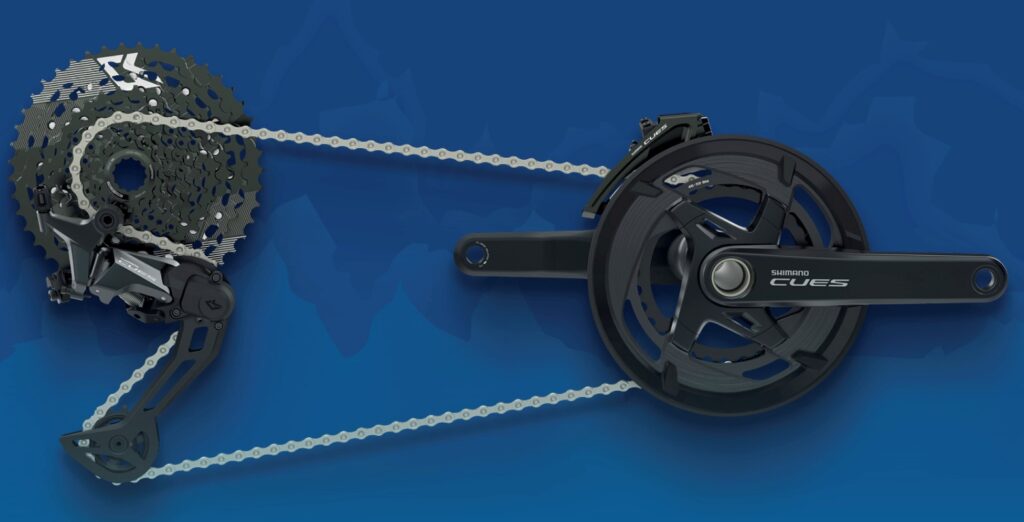
Background: Years ago when I attended an Interbike trade show in Las Vegas, Nevada, I sat with Gary Fisher, the legendary pioneer of mountain biking, Mountain Bike Hall of Fame member, and then a leader of a well known mountain bike brand. Our conversation was centered around what was happening in the mountain bike component world as Shimano was debuting 10 speed DynaSys at the time.
Gary said something that, at that point in time, was not only shocking, but perhaps prophetic. He stated that the way the high-end race oriented groups were presented and reviewed by athletes and top media personalities was a false narrative for the everyday rider. Gary asserted that when these privileged folks tested new high-end stuff, they were not doing any of the tuning-up, the day-to-day maintenance, nor were they seeing what the longevity of those parts were in day-to-day riding scenarios. That was a mechanic’s job. What is more, top athletes and media folk almost never had to pay for replacement parts, because by the time something needed replacing, the bikes the parts were on had been moved on from as new stuff filtered in. So, reports on top of the range stuff was not indicative of “the real world‘” in which everyday riders found themselves in.
Gary suggested that the industry should focus on a high-end, well made 8 speed group. That would be of greater use to the everyday, average mountain biker. ‘Resurrect the original XTR‘, he said, ‘Make it a high quality, long wearing parts group that costs less to maintain.”
This idea of Mr. Fisher is pretty much exactly what the new CUES from Shimano is all about.
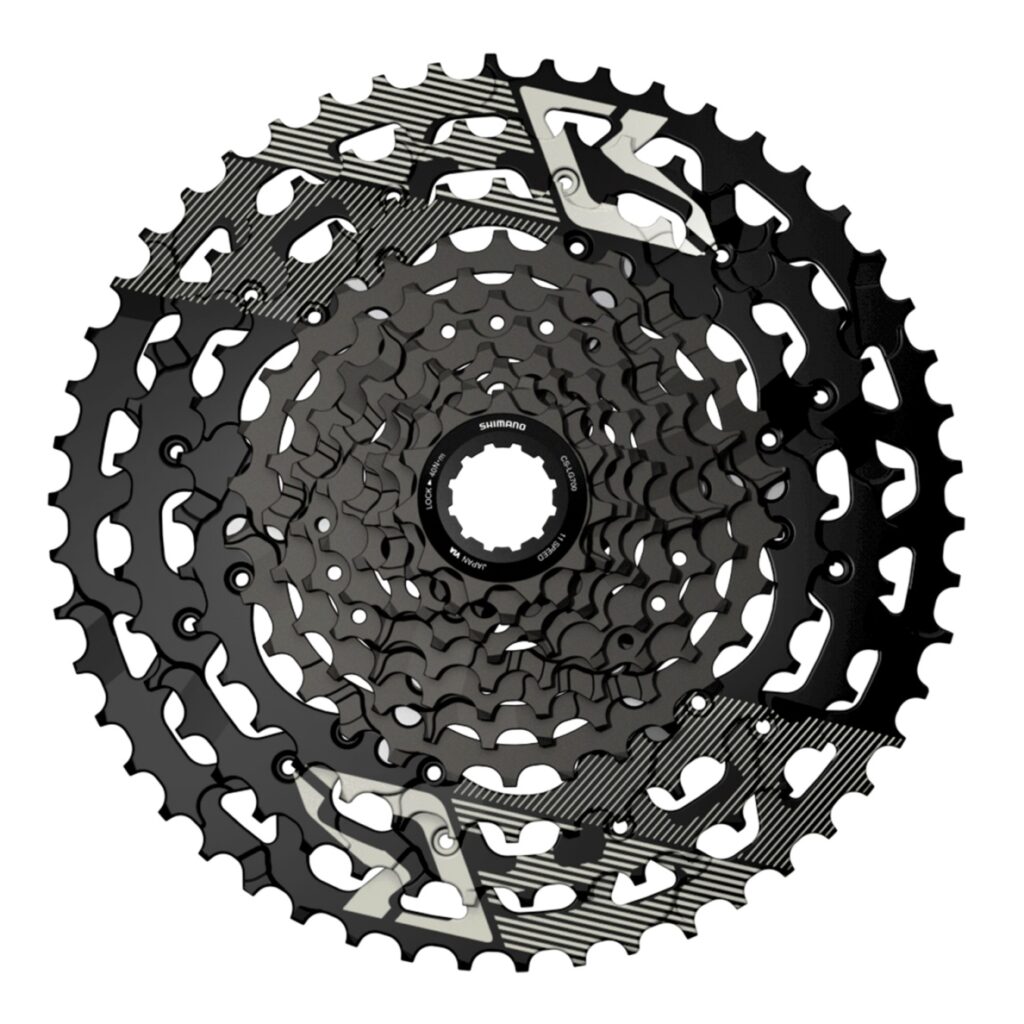
What It Is: The CUES range of components is not actually “new” as Shimano introduced the name for some e bike rated drive train components with Di2 shifting compatibility last year. Shimano also introduced a new, more durable construction and design for cassettes some time ago called LINKGLIDE. It turns out that the LINKGLIDE design is the linchpin behind the CUES ecosystem of components. LINKGLIDE was a concept released in 2011 for some 10 and 11 speed Deore level MTB cassettes. This idea has now been expanded to include 9 speed, 10 speed, and 11 speed components for MTB, e bikes, and hybrid/trekking style bikes.
LINKGLIDE provides several key benefits to the rider, First and foremost, shifting quality is enhanced because the cassettes have a slightly thicker cog, with higher/taller teeth, which provides Shimano more material to make shifting ramps and the result is smooth shifting, even under heavy pedaling pressure. Shimano says that this helps make shifting less of a ‘skill’ and should help more everyday riders enjoy cycling. It also should make shifting performance stabilize and remain at a high level throughout the lifetime of the cassette. Secondly, the construction of the cassette allows for a claimed 300% better durability factor over the previous Deore level cassettes.
Surprisingly, Shimano does not have a specific chain for the new CUES group. Instead, all speed levels in the range can use 11 speed chains. Shimano had infused the design of 11 speed chains so that the chain pin to inner chain plate surface contact area was already higher than it was with previous 8, 9, and 10 speed chains before them, so the currently available 11 speed chains were already more durable than 8 speed. Also, it should be noted that CUES features identical cassette spacing across the 9,10, and 11 speed cassettes, so that opens the doors for less inventory for bike shops and more versatility for riders.
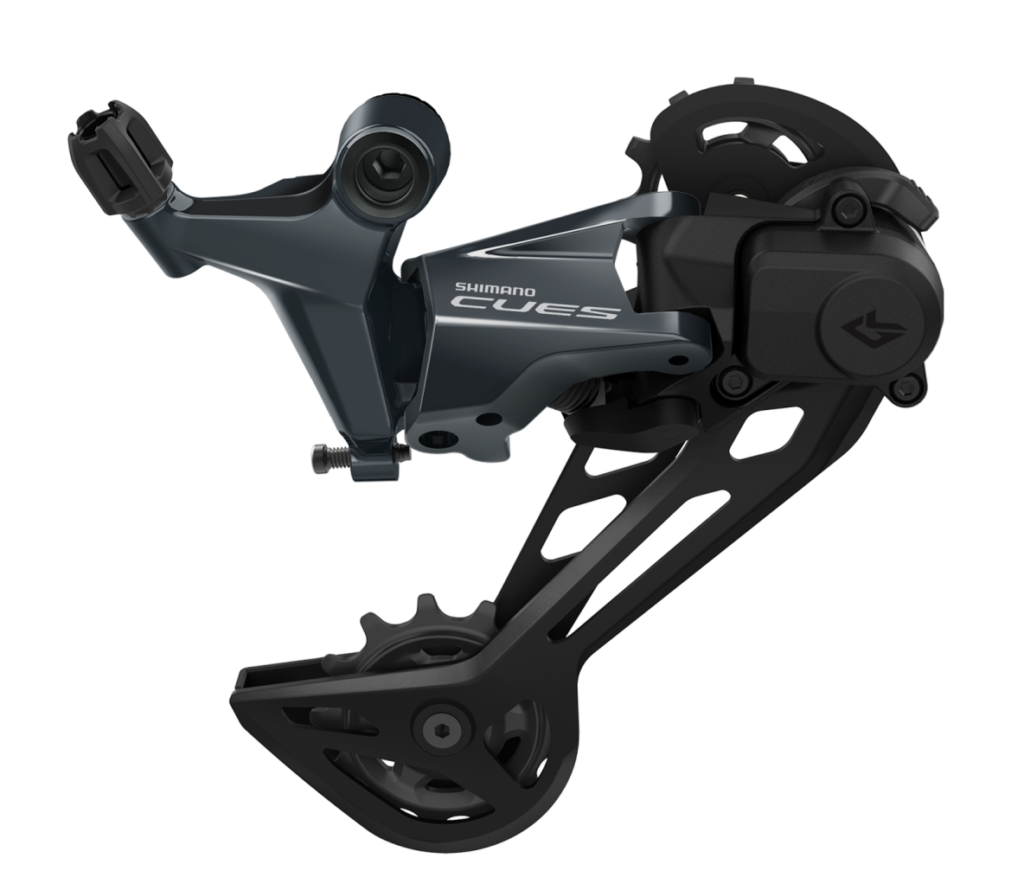
CUES will come in three component ranges, and here are the numerical part numbers which represent each step in that range. So, U8000 is 11 speed, U6000 is 10 & 11 speed, and U4000 is the 9 speed range. Components such as cranks and derailleurs will be cross compatible within these levels. All three levels can use the same 11 speed chain as well, making stocking components and choosing a component group more versatile and customizable for bike brands, shops, and riders. Cable pull ratio is identical across the three levels as well. In fact, Shimano says that third party 11 speed chains and crank sets can be spec’ed without adversely affecting the shifting quality because the shifting performance relies on the cassette, not the chain or crank set.
Furthermore; most MTB oriented spec will likely be 1X in terms of what consumers will see. While there are double crank sets and front derailleurs within the CUES range, Shimano says that 1X was targeted here to provide entry into the MTB world without the complexity of learning a triple chain ring set up and then graduating to a 1X, which Shimano thought was a bit backward for riders.
As a result of this thinking, most CUES cassettes will be wide range, with all having a starting high gear cog of 11 teeth. Interestingly, Shimano says that these first two, smallest cogs on cassettes in the CUES range, (which are the same across all three series) will be available aftermarket. This would seem to address many consumer’s and mechanic’s complaints centered around e bike use where riders typically use the highest/smallest gears on a cassette which are prone to wearing out quickly.
Finally, Shimano is going to retire Acera, Altus, and Alivio groups as well as the 10 speed and 11 speed Deore components with this introduction. CUES will be the new range that covers these needs from now on. Don’t worry about replacement parts for those retired groups though. Shimano has committed to producing enough parts for the time being to fulfill any needs there.
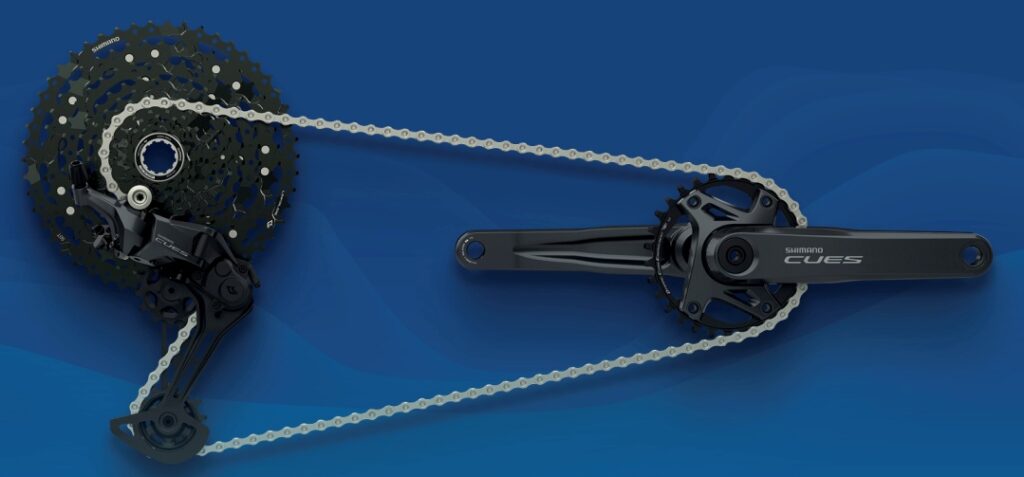
So What Does All This Mean? Obviously, the focus for this roll-out of the CUES group is flat bar/MTB type bicycles. This introduction should energize the bikepacking world who use a lot of flat bar set ups and would obviously benefit from drive train components which would have better durability. With lower prices for wide range cassettes and with the cross-compatibility with 11 speed crank sets, many would be able to take advantage of these CUES components right away.
The downer here is that we were told that the upper end, 8000 level 11 speed parts would mostly be spec’ed on European trekking bikes and the double crank sets rolled out at the 8000 level were tailored to that sort of bike. This leaves North America waiting for the nicer stuff to become available aftermarket. Meanwhile, we were told to expect a lot of spec at the 6000 and 4000 CUES levels for our market. Finish and materials used on the 6000 and 4000 is commensurate with what you’d think of in terms of the groups that they replace. So, that was a bit disappointing to hear initially.
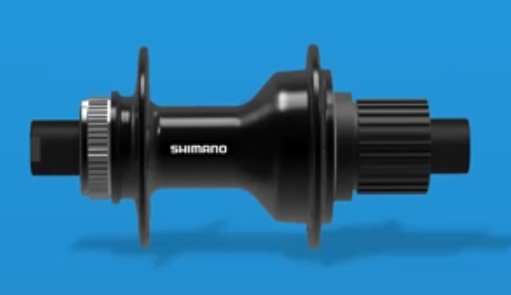
Shimano’s New Hubs: Released concurrently with CUES were these new Shimano hubs which feature design cues not normally associated with Shimano including the use of cartridge bearings in all but the entry level hub. On the highest hubs in the range, interchangeable axles and free hub bodies will be featured.
The upper end hubs will also now have cartridge bearings in the free hub bodies, with the highest hub in the range featuring two double row cartridge bearings for the ultimate in torque handling. This probably was done for e Bike spec.
So no drop bar stuff? Well, Shimano told us that “there will be more coming“. The presenter for the media video I saw said everything to lead us to believe that there would be drop bar variants, but he did not say this specifically. One would think that this CUES idea will translate over to drop bar use. That seems to be the case, and we think there is a very good chance that this will be coming in the near future. Obviously we don’t know specifics, but here is what we’d like to see….
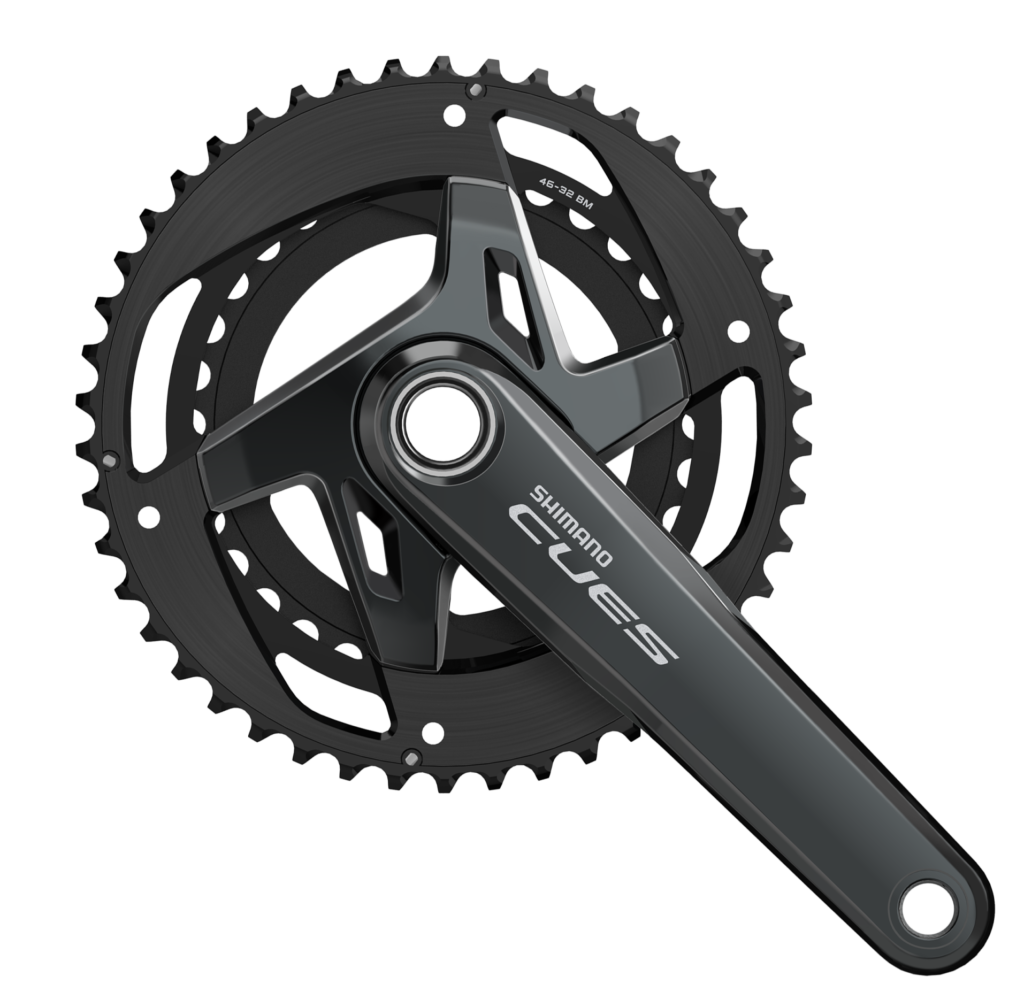
The Future For CUES? The obvious groups to be targeted here are probably Claris, SORA and to a lesser degree, Tiagra. We imagine Tiagra lives on, but some of the elements of that group will likely be absorbed by a CUES drop bar level. Since Shimano is touting less parts, more cross-compatibility, and ease of customizing, we think the upper end drop bar compatible CUES group will simply be a lever that works with all the 11 speed parts introduced now within the CUES range. There probably will be double crank sets and derailleurs for them that are road bike standard in terms of chain line as well. By the way, there is a hydraulic brake caliper in the CUES 8000 range, the only brake caliper introduced in CUES (for now), which also hints at a hydraulic drop bar shifter/brake lever to come.
Perhaps a 10/9 speed Claris/Sora replacement brake/shift lever will follow with, once again, cross-compatibility with current 6000 and 4000 level CUES components. Whether or not brakes are developed, (most likely mechanical calipers at that level), is perhaps not as likely.
So, sharp readers will wonder, “What about GRX? It already is 11 and 10 speed?” Well, we’ve thought about this as well. A drop bar CUES 11 and 10 speed lever makes so much sense here that we feel that GRX is definitely going to become 12 speed and very soon. (OR – Will 10 and 11 speed GRX be CUES compatible?) We’ve heard rumblings of some big changes in GRX, so that will be on our radar as we get into Spring and the end of March when Shimano typically announces big component group changes.
Riding Gravel would like to credit Shimano North America for the information and images used in this post.


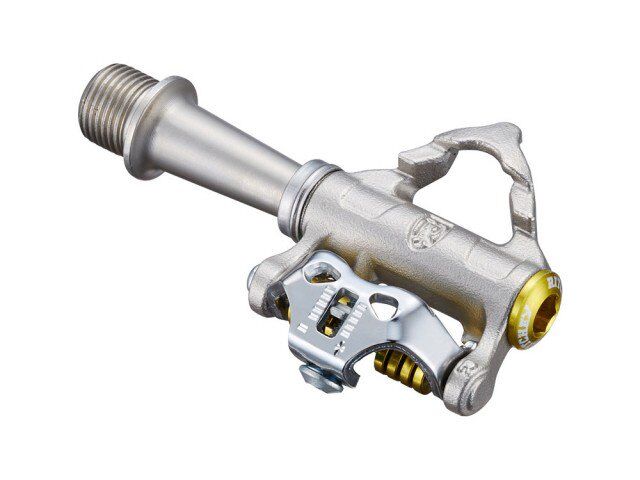
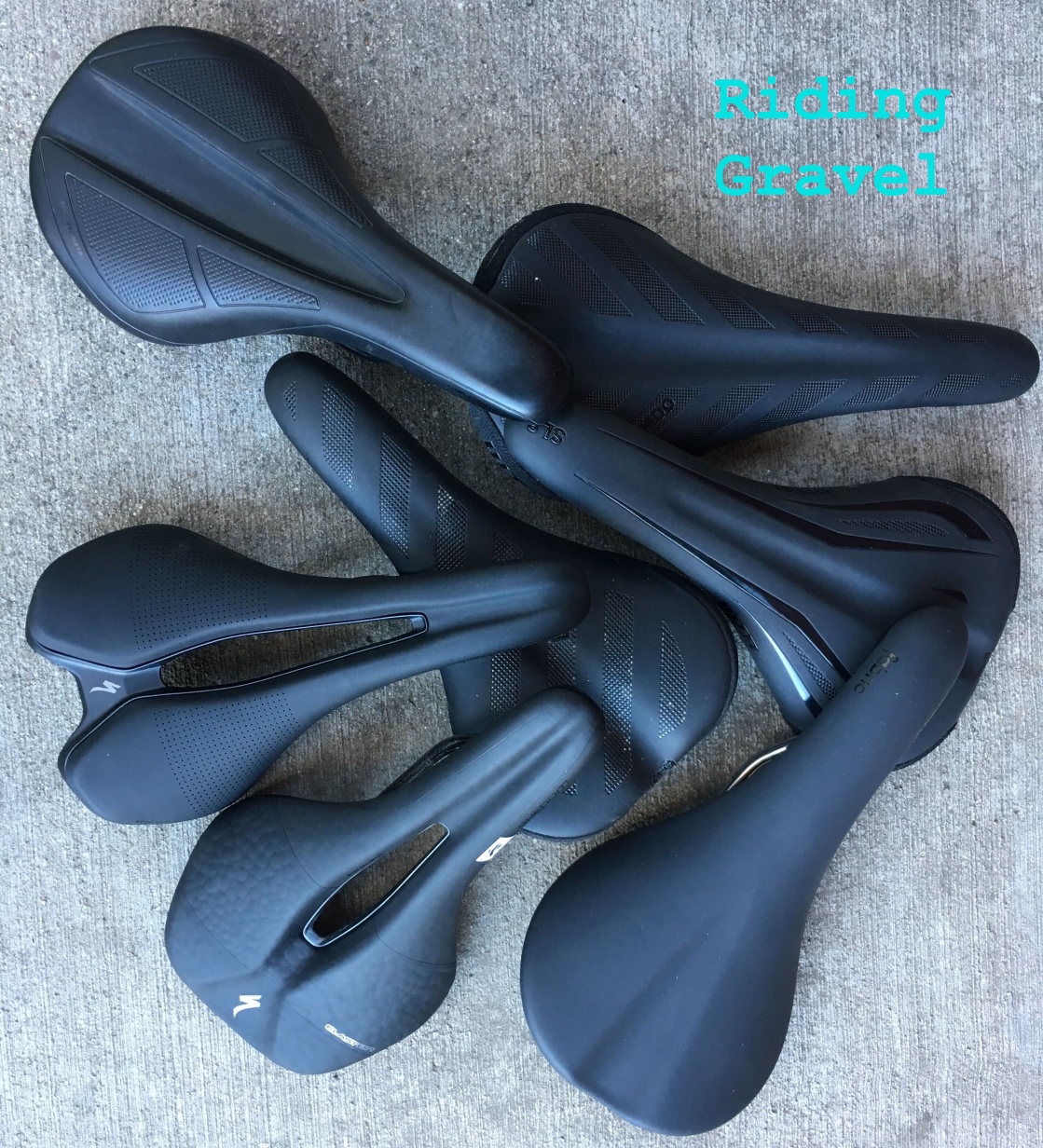
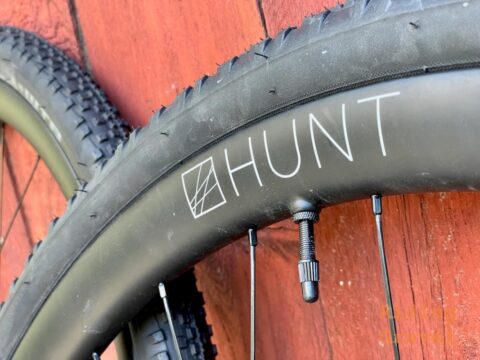
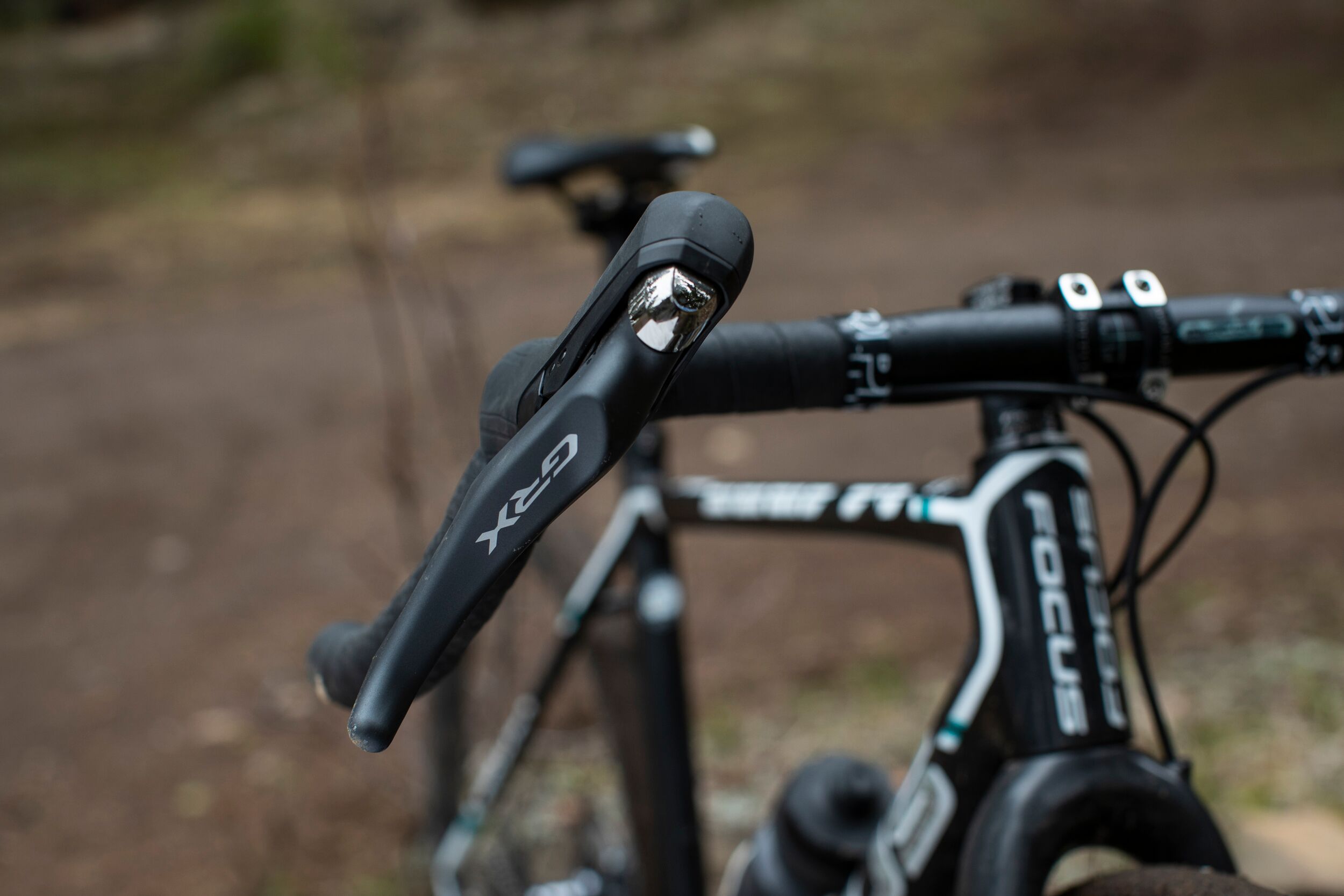

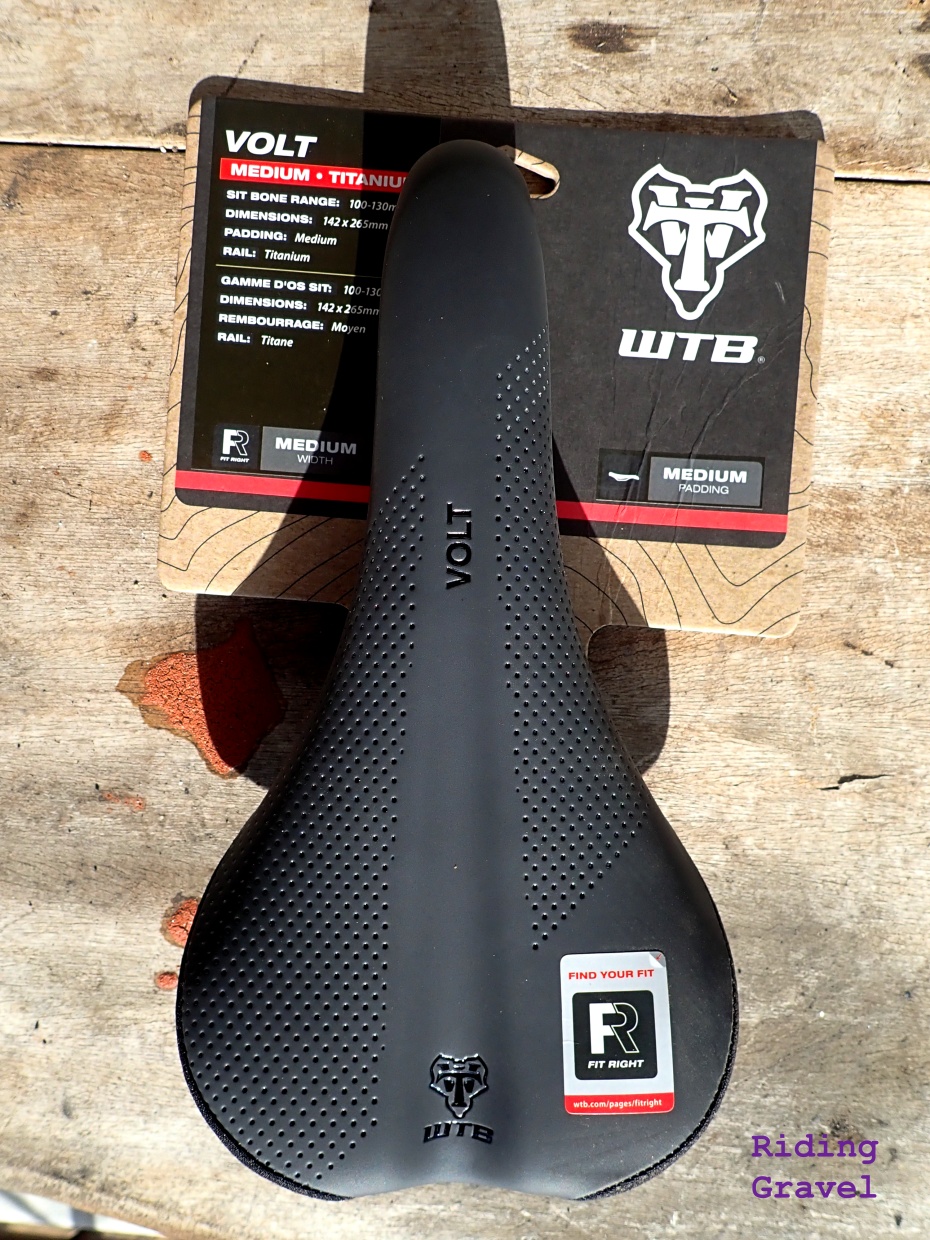
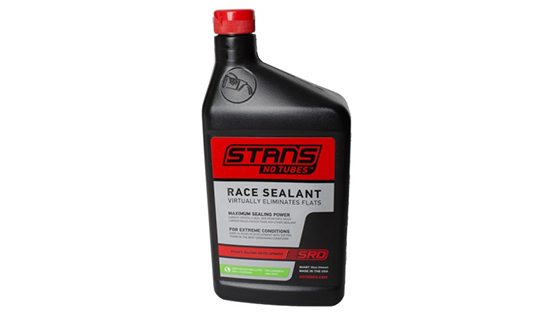
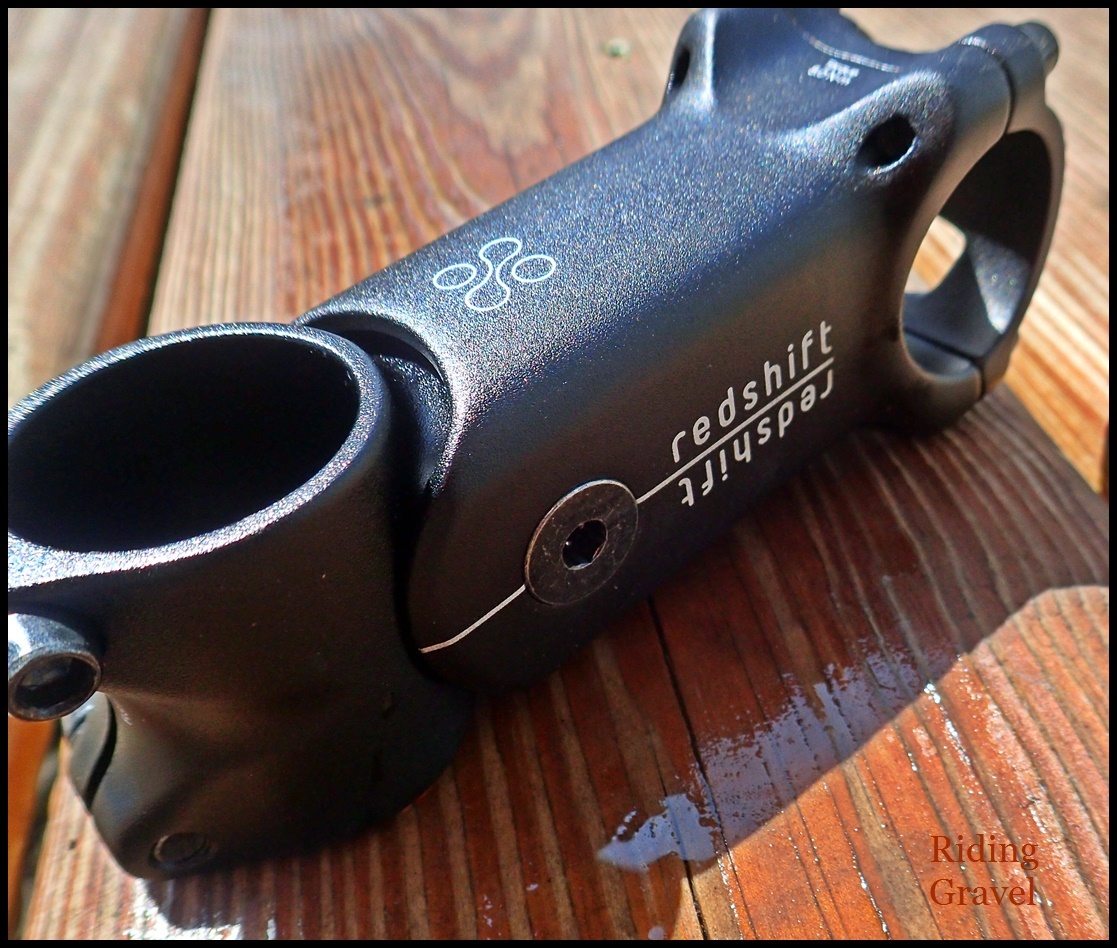

I’m bummed Gary didn’t keep Fisher independent. He is such a unique leader. Consumers would benefit from him doing things differently.
Fisher was nearly bankrupt and partly Asian owned by the time Trek acquired the brand
When Shimano introduced their first clutched RDs I asked the tech rep “So basically it’s like the stronger springs used pre Light Action.”
“Pretty much”, was his reply